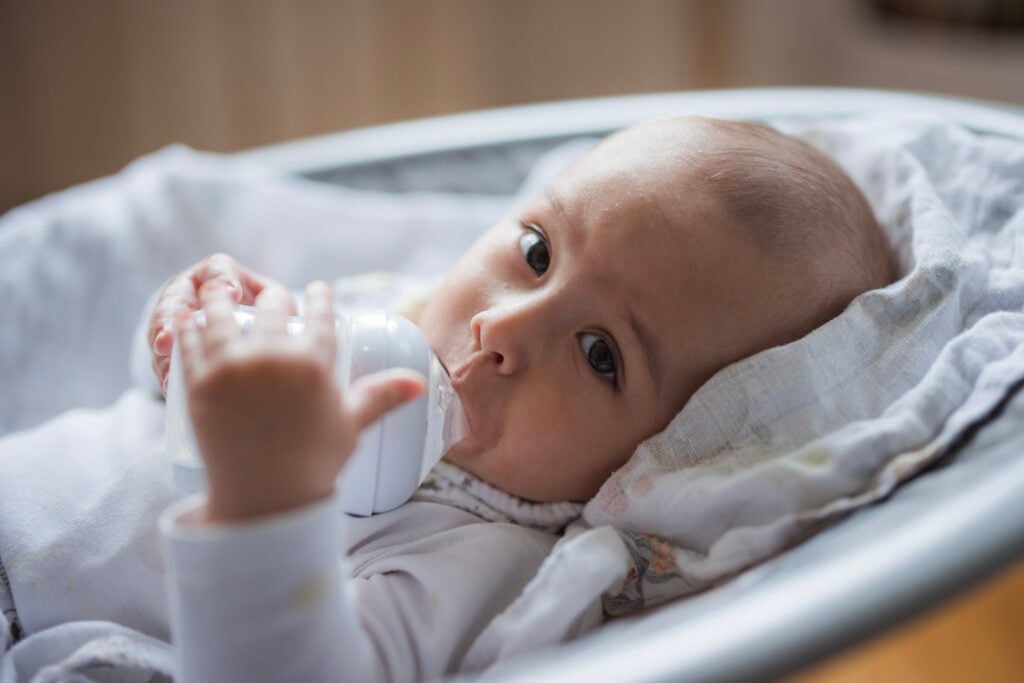Living near industrial sites or manufacturing plants can put your private well at risk of contamination from industrial pollution. Chemical discharges, waste disposal, and accidental spills can introduce harmful contaminants into the groundwater. In this article, we’ll explore why well water testing for industrial pollution is essential, what contaminants to check for, and how to protect your water supply.
How Industrial Pollution Affects Well Water Quality
Industrial pollution can impact well water quality in several ways:
- Groundwater Contamination: Industrial chemicals can leach into the groundwater, affecting the aquifers that supply your well.
- Airborne Contaminants: Pollutants released into the air can settle on the ground and seep into the soil, contaminating well water.
- Surface Water Runoff: Rainwater can carry industrial pollutants from nearby sites into your well.
- Leaching from Waste Sites: Improper disposal of industrial waste can leach toxic chemicals into the groundwater.
When to Test Your Well Water for Industrial Pollution
To ensure safe drinking water, test your well water:
- Annually: If you live near industrial sites or manufacturing plants.
- After Environmental Incidents: Such as chemical spills, fires, or explosions at nearby industrial facilities.
- If You Notice Changes in Water Quality: Unusual taste, smell, or color may indicate contamination.
- During Property Transactions: When buying or selling property near industrial areas.
Key Contaminants to Test For
Industrial pollution can introduce a wide range of contaminants into well water. It’s essential to test for:
- Volatile Organic Compounds (VOCs): Found in industrial solvents, fuels, and cleaning agents, linked to cancer and neurological issues.
- Heavy Metals: Such as lead, mercury, arsenic, and cadmium, which can cause serious health effects.
- Polychlorinated Biphenyls (PCBs): Industrial chemicals linked to cancer and liver damage.
- Dioxins and Furans: Toxic byproducts of industrial processes, linked to cancer and reproductive issues.
- Total Dissolved Solids (TDS): High levels may indicate chemical residues or industrial pollutants.
- pH Levels and Turbidity: Changes can indicate chemical reactions or sediment disturbances from industrial activities.
How to Protect Your Well from Industrial Pollution
- Maintain a Safe Distance: Ensure your well is located far from industrial sites, waste disposal areas, and chemical storage facilities.
- Install a Well Cap and Seal: Secure the well cap and seal to prevent surface water intrusion.
- Use a Water Filtration System: Choose a filter designed to target industrial contaminants like VOCs and heavy metals.
- Regular Monitoring and Testing: Conduct regular water tests to detect contamination early and take corrective action.
What to Do If Contaminants Are Found
If your well water tests positive for harmful contaminants:
- Stop Using the Water Immediately: Switch to bottled water for drinking, cooking, and bathing until the issue is resolved.
- Install a Water Filtration System: Choose a system designed to target the specific contaminants found.
- Consult Environmental Authorities: Report the contamination to local environmental agencies for guidance and support.
- Retest the Water: After remediation, retest to ensure the water is safe for consumption.
Conclusion
Industrial pollution poses significant risks to private well water quality. By testing your well water for VOCs, heavy metals, PCBs, and other contaminants, you can take proactive measures to protect your family’s health and ensure safe drinking water.
Learn more about water testing services today.

